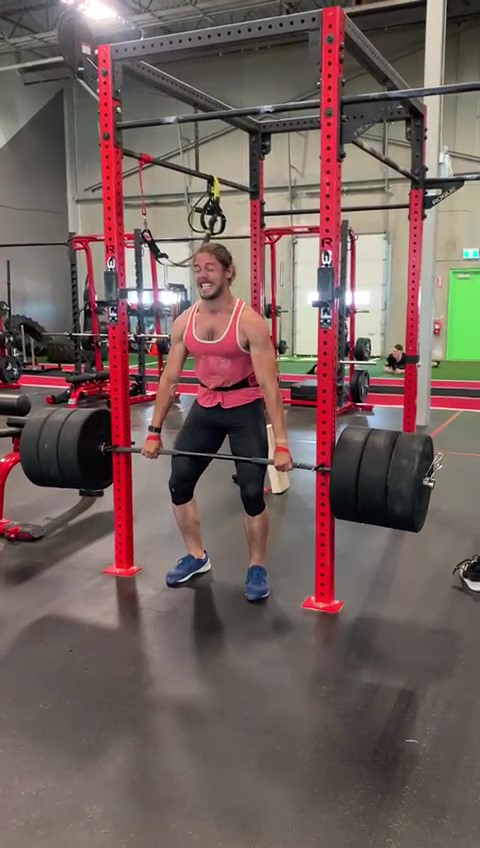
When new trainees think about exercises, seldomly is the speed of execution a point of focus. Reps, sets, and the movement are typically at the forefront of their minds. However, this limited view can pigeon hold your thinking about what a ‘typical’ repetition schemes’ stimulus is. Let’s talk tempo.
Tempo – noun: “the rate or speed of motion or activity; pace.”
The tempo, or execution speed, is one of the many characteristics that must be accounted for when prescribing exercises. Without considering the speed of movement, you can have drastically differing results.
Reading Tempo Prescriptions
A/B/C/D
Each position represents the number of seconds per phase of the movement.
- A – Eccentric: When the working muscles lengthen
- B – Isometric 1: Transition between Eccentric and Concentric
- C – Concentric: When the working muscles shorten.
- D – Isometric 2: Transition between Concentric and Eccentric
Examples for each basic movement
-
Upper Push – Bench Press
- A – Lowering bar from the top to your chest.
- B – The pause on the chest before your push it up.
- C – Pushing the bar vertical.
- D – Holding the bar at the top.
-
Upper Pull – Chin-up
- A – Lowering your body down and away from the bar.
- B – Deadhang at the bottom with arms straight.
- C – Chin-up action, pulling yourself towards the bar.
- D – Top of the chin-up, holding yourself up.
-
Lower Push – Squat
- A – Lowering yourself towards the ground.
- B – Pause at the bottom of the squat.
- C – Pushing yourself upwards away from the ground.
- D – Holding the bar at the top.
-
Lower Pull – Deadlift
- A – Lowering bar towards the ground.
- B – Pause at the bottom with the bar resting on the ground.
- C – Lifting the bar away from the ground and bringing yourself vertical.
- D – The lockout at the top of the lift, holding the barbell in the air.
Tempo Prescription Guidelines
The general rule is that faster tempos will incur more neurological stimuli like speed, power, and relative strength. In comparison, slower tempos, such as hypertrophy and buffering capacity, will be more metabolic.
-
Speed / Power
- Eccentric: Fast – 1-2 seconds
- Isometric 1: Absent (Cyclical movement), Present (Acyclical movement)
- Concentric: Fast – x-1 seconds
- Isometric 2: None (Cyclical movement), Present (Acyclical movement)
- Example: 1,0,x,0
-
Strength
- Eccentric: Fast to moderate – 1-3 seconds
- Isometric 1: Fast to moderate – 0-2 seconds
- Concentric: Fast – x-1 seconds
- Isometric 2: None (Cyclical movement), Present (Acyclical movement)
- Example: 2,0,x,0
-
Hypertrophy / Anatomical Adaptation
- Eccentric: Moderate to slow – 3-+5 seconds
- Isometric 1: short to long – 0-+5 seconds
- Concentric: Fast to slow – 1-+5 seconds
- Isometric 2: None
- Example: 3,2,1,0
-
Endurance
- Eccentric: Moderate to slow – 3-+5 seconds
- Isometric 1: None
- Concentric: Fast to moderate – 1-3 seconds
- Isometric 2: None
- Example: 2,0,2,0
There is no right or wrong tempo prescription: you will get the exact stimulus you train. Ensuring you are getting the intended stimulus will take a little more thought.
If you want to see how you can predict what your tempo prescription will stimulate, check out my next post on Time Under Tension!
Troy Wilson
Wilson Kinetic Health, MScKin, PKin, Team Canada Athlete, RockTape Canada ambassador


